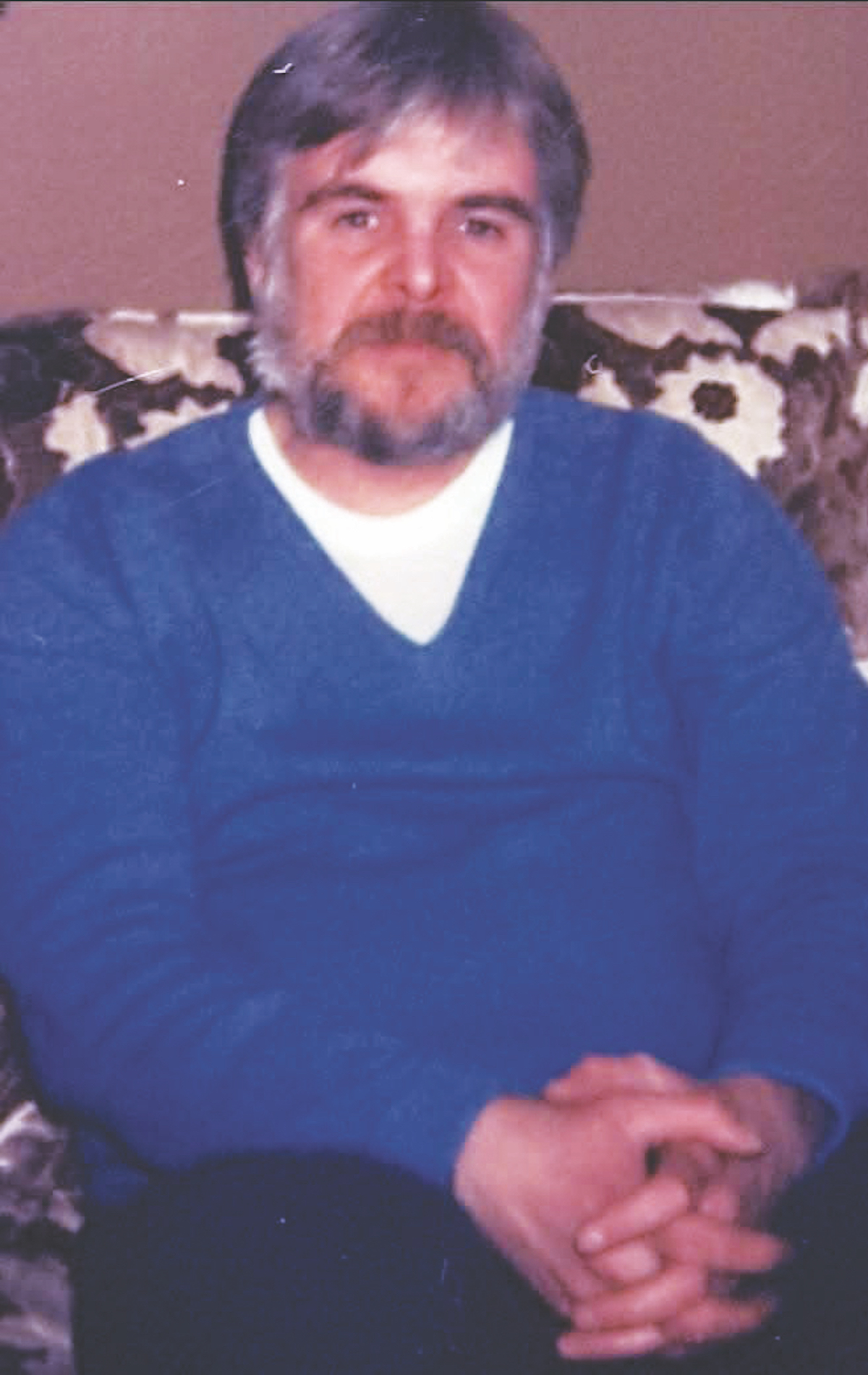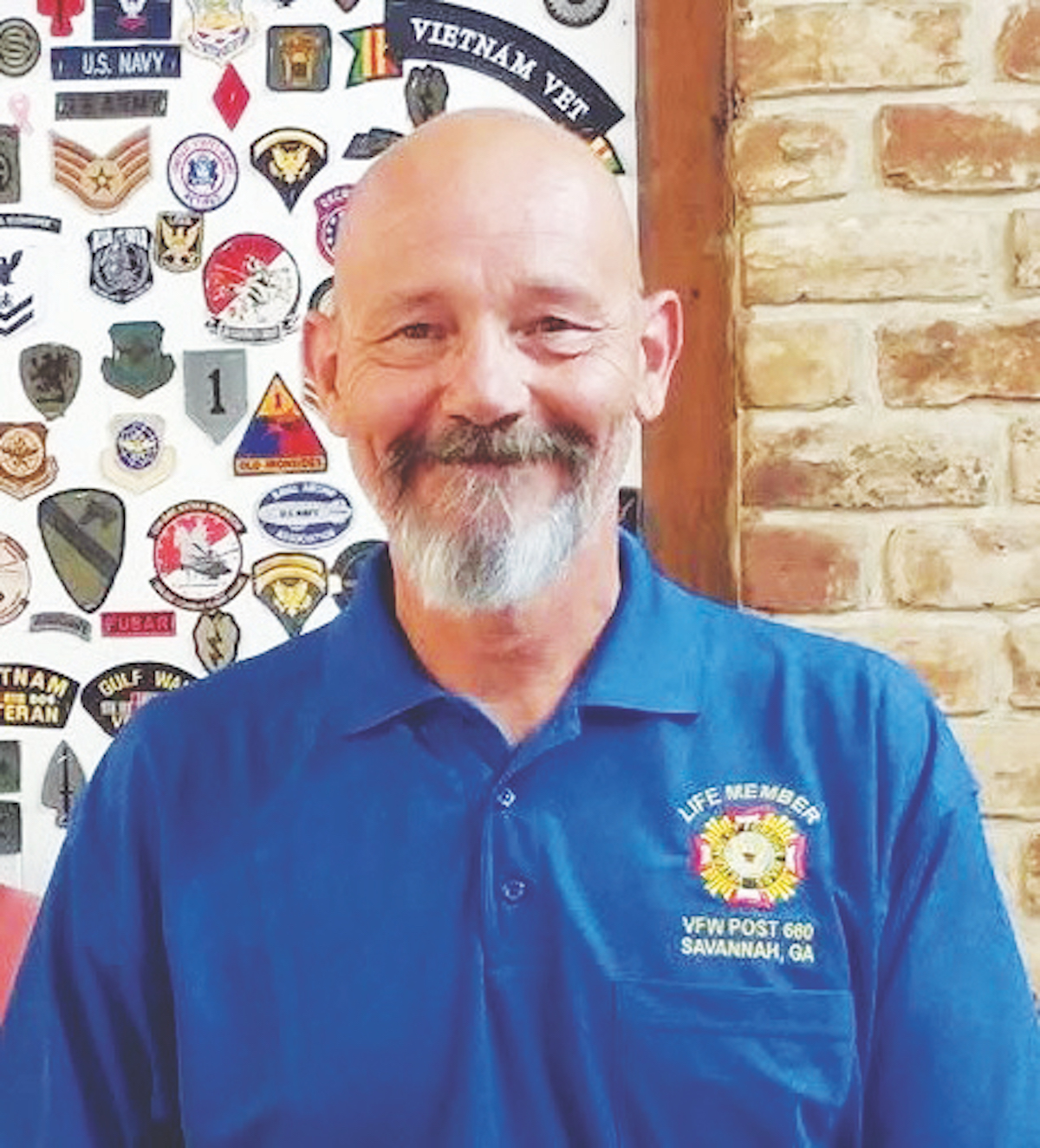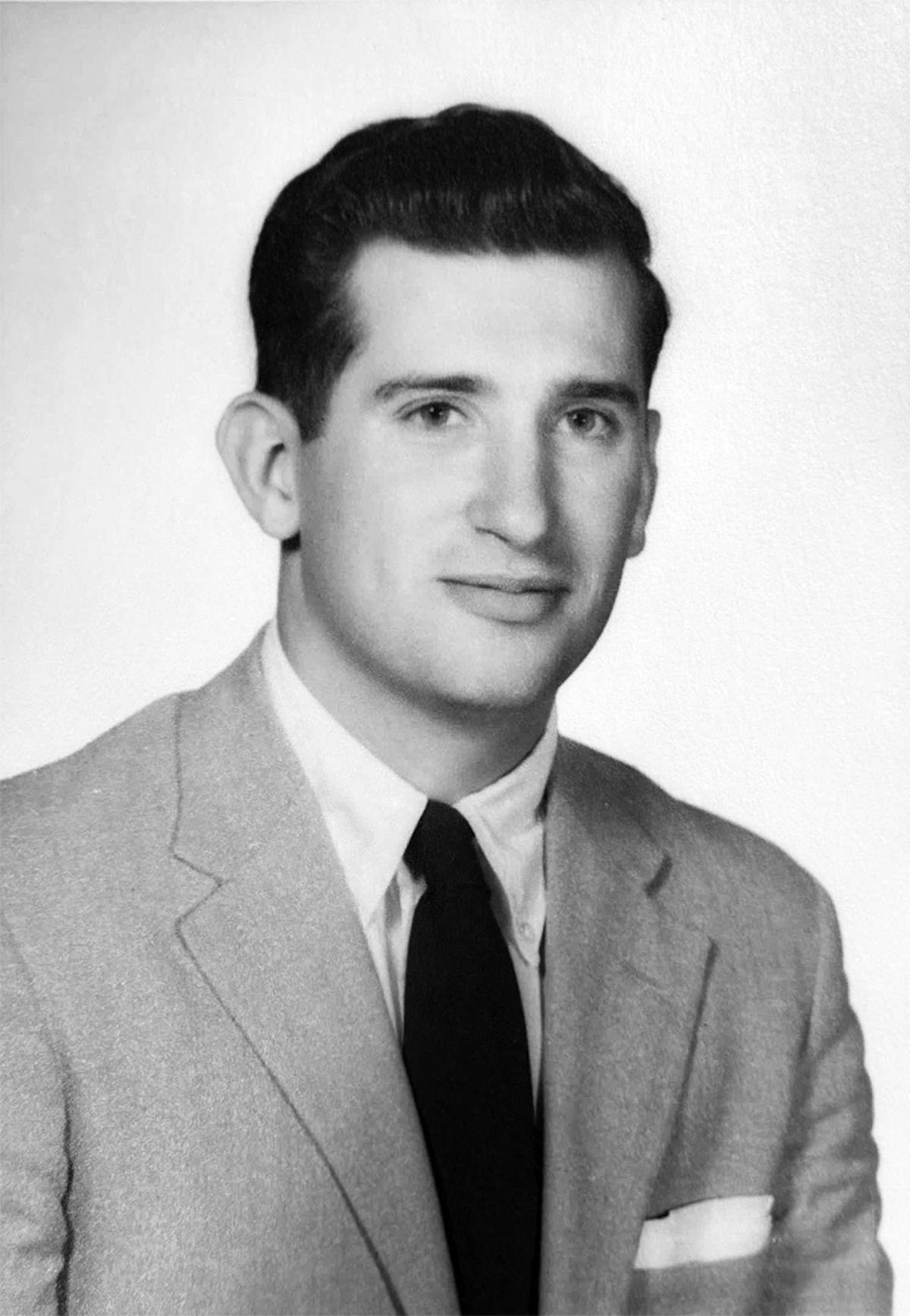Could a fire similar to one that devastated Georgetown, SC’s historic Front Street in September happen in Beaufort?
Fires can and do happen anywhere. They spread more quickly where the buildings are close together and especially where they were built long ago, without advances in fire prevention design, alarms, sprinkler systems, etc. Beaufort’s last major fire in the historic downtown area occurred in December 2008 when the Bay Street Professional Building of law offices caught fire in the early morning. It took more than 14 hours to put out that blaze. Thankfully, no one was killed or injured.
The Beaufort Fire Department stresses fire prevention in hopes of avoiding or limiting fires, especially in the downtown residential and business areas. Simple tasks such as checking electrical cords and extension cords, making sure appliances are turned off, and in restaurants, double-checking to be sure cooking items are cooled off and that grease and oils are properly stored, can prevent tragic fires.
Additionally, the fire department and its inspectors offer free and voluntary inspections for commercial properties. These inspections inform firefighters about the interior layout of the various buildings, potential challenges in fighting a fire (stairwells, airflow issues, construction or design, etc.) and also provide an opportunity for them to share specific recommendations on how to improve fire safety. For more information about these fire inspections, call 525-7055 or email City-Fire@cityofbeaufort.org.
How is Beaufort prepared to fight a fire in a concentrated downtown area?
As part of its strategic planning and regular training, the Beaufort Fire Department is well-prepared to combat fires in the Lowcountry. Specific to the downtown residential and business districts, the fire department’s equipment includes:
• One 100-foot Tower/Ladder truck and one 85-foot Tower/Ladder truck, both equipped with water pumps rated at 2,000 gallons per minute and long enough to reach any structure in Beaufort or Port Royal;
• Five pumpers each equipped with water pumps rated at over 1,500 gallons per minute;
• An extensive fleet of other fire response vehicles to respond to varying types and sizes of fires in the area;
• The Burton and Lady’s Island-St. Helena fire districts also have ladder trucks that could be called upon for assistance, as do the Marine Corps Air Station and Marine Corps Parris Island Recruit Depot fire stations;
• Most of the department’s vehicles are able to make the tight turns along narrow roads in Beaufort, such as those in the Point neighborhood.
As part of the basic firefighter certification and then as part of the Beaufort Fire Department’s ongoing training, firefighters rehearse how to fight different types of fires in different settings — including areas such as Beaufort’s downtown Bay Street where century-old structures are built right beside each other, and historic neighborhoods where homes can be 150-200 years old.
The water pipes beneath downtown Beaufort are old. Are the water supply and pressure sufficient for firefighting needs?
Water pressure throughout Beaufort, including the downtown area, is monitored closely by the Beaufort Fire Department and Beaufort-Jasper Water & Sewer Authority.
The good water pressure and regularly-tested fire hydrants helped the city and Port Royal earn upgraded ratings by the Insurance Services Organization, which largely determines how much businesses pay for fire insurance.
The City of Beaufort and Beaufort Fire Department are confident water pressure and water supply are sufficient to fight any fire in Beaufort. Additionally, they have the capability to pump water directly from the Beaufort River onto a nearby fire.
Has Beaufort reviewed its inventory of firefighting vehicles and equipment recently?
Yes. As part of the Beaufort Fire Department’s annual budgeting, all equipment is inventoried and its condition noted. The department also maintains a “life-cycle” program where equipment, including pumper trucks, is inspected and considered for major repair or replacement.
What makes the biggest difference in preventing or limiting fires in commercial districts or dense neighborhoods?
• Prevention: Working with local businesses, neighborhood associations and residents to share tips on preventing fires in the first place;
• Early detection: Through fire alarms and sprinkler systems, the sooner the local firefighters learn about a fire, the quicker they can get to the site and begin putting it out;
• Quick response: The Beaufort Fire Department has a main fire station near the corner of Ribaut Road and Boundary Street, only blocks away from the downtown and Historic District. This enables firefighters and their trucks to begin fighting a downtown fire very quickly;
• Pre-incident surveys by firefighters have cataloged most of the downtown Beaufort commercial properties so the Fire Department knows the interior layout of the buildings, the locations of stairways and electrical panels, and other key information needed in a fire;
• Solid command structure: The Beaufort Fire Department, which also serves Port Royal, has a clear command structure that was praised by the International City/County Management Association in a 2010 study. This organizational chart helps ensure that any fire is properly managed and that all needed resources are brought in, including those from nearby fire districts or the military.






